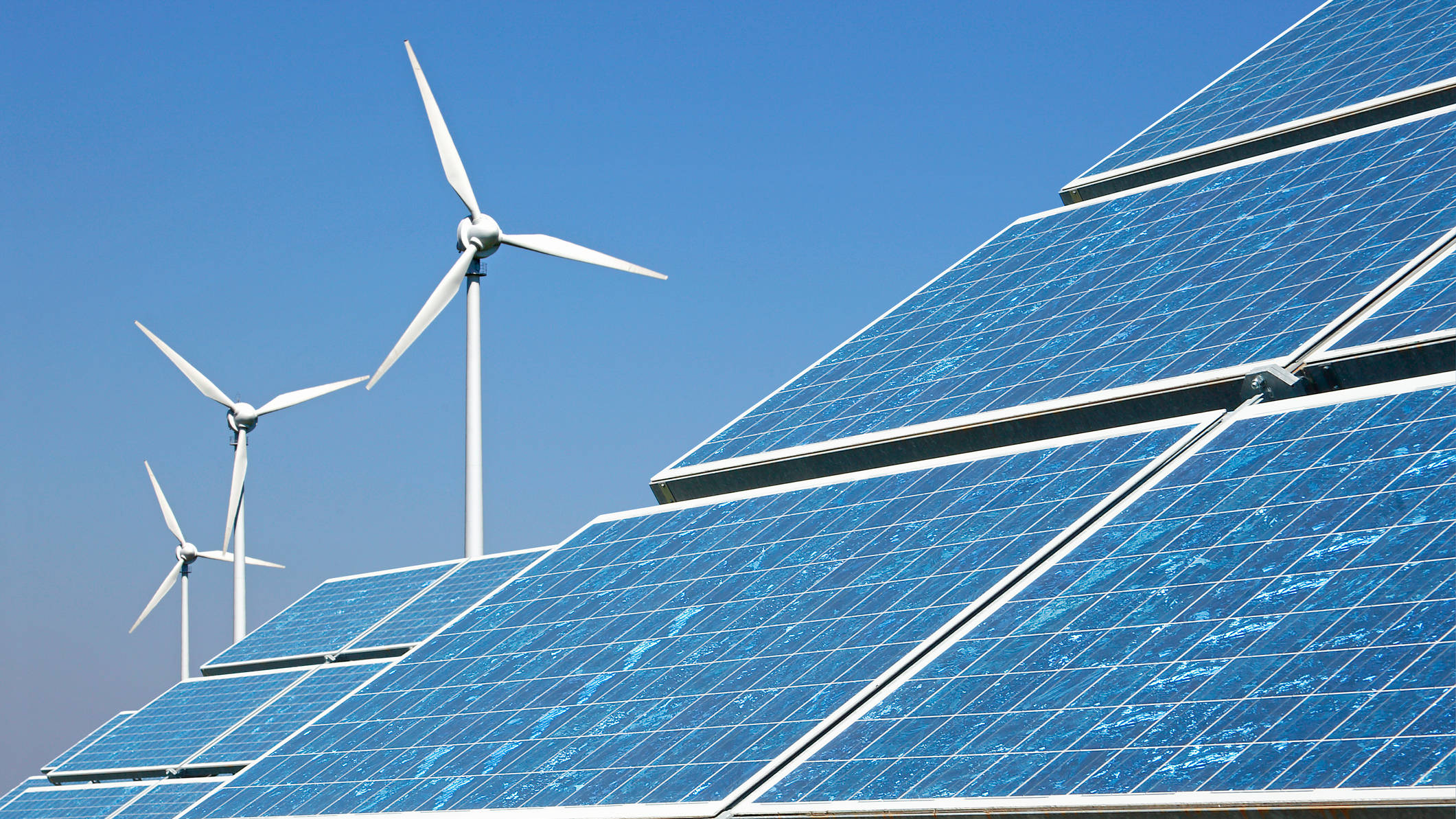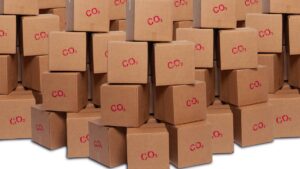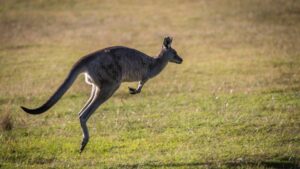Green Energy: Australia’s biggest energy user could go green by 2029

Pic: P.Steeger via Getty Images.
Here’s a trivia question for you – who is Australia’s biggest single energy user?
The answer is the Tomago aluminium smelter in the Hunter Valley of New South Wales, which uses more than half of the energy generated by AGL’s 2640MW Bayswater power plant.
In recent years Bayswater has generated enough power to supply around 2 million homes, so Rio Tinto (ASX:RIO) backed Tomago’s contribution to Australia’s carbon footprint is a substantial one.
Tomago’s supply agreement with Bayswater runs out at the end of 2028, and its boss Matt Howell has signalled its intentions to go 100% renewable from 2029.
In an interview with the AFR, Howell said he saw costs and firming generation being available to make the switch viable by the end of the decade.
“There’s further improvements on the cost of the equation to go before firmed renewables is a viable option for us, but we are perpetually optimistic; I think we will get there,” he said.
While the costs of “firmed renewables” would put Tomago ‘out of business’ now, Howell told the Fin, he sees the development of Snowy 2.0 and transmission infrastructure upgrades in New South Wales as major milestones for the transition to renewables.
He still sees a place, however, for thermal “firming generation” like the controversial federal-supported Kurri Kurri gas plant, to be developed by Snowy Hydro.
The news has been received warmly by green groups, who believe it will add to the pressure on AGL to bring forward the closure date of Bayswater, one of Australia’s largest coal generators.
Its older Liddell power station at the Macquarie precinct is already scheduled for closure by 2023, with AGL’s spun out power business Accel Energy looking to use the site to introduce battery storage and the Raygen solar thermal demo plant.
Greenpeace Australia’s senior campaigner Glenn Walker declared the announcement a “major game changer”, claiming AGL would struggle to keep Bayswater running post-2029 if it loses the contract.
“AGL has planned to push the life of its Bayswater coal-burning power station well into the 2030s, but with its biggest customer, Tomago Aluminium, showing energy leadership and switching to renewable energy by 2029, it’s almost impossible to see how AGL can avoid bringing forward Bayswater’s closure,” he claimed.
“We’ll be watching claims of a gas back up for Tomago closely. Gas is a dangerous, expensive fossil fuel that’s a primary driver of climate change, and has no place in Australia’s energy transition.”
“AGL’s leadership must act decisively and hasten its transition away from coal to protect energy sector jobs, and to ensure the future viability of the company in a world that is shifting at lightning speed to cleaner, cheaper renewables.”
Greenpeace have called for Rio, which is rolling out solar and battery storage in the Pilbara, to commit to 100 per cent renewable energy for their operations by 2030.
Green hydrogen in WA ‘technically viable’: BP
One of the world’s biggest energy companies, BP, says a new report shows green hydrogen production from renewable energy sources would be technically feasible in WA.
Supported by the Australian Renewable Energy Agency and GHD Advisory, it opens the door for BP to start more detailed investigations on a potential green hydrogen as ammonia export plant 5km south of Geraldton in WA’s Mid West.
A project would include a 20,000tpa pilot scale project utilising a mix of wind and solar, ahead of a commercial scale development of up to 200,000tpa of hydrogen converted to 1Mtpa of ammonia for export or pipeline delivery.
However, BP says a great deal of additional port, electricity and water infrastructure will need to be developed, and it will take more time for end user renewable hydrogen and ammonia markets to mature.
The study found “significant scale” will be required for hydrogen fuel to be commercially viable.
Like many other companies oil and gas giant BP wants to get to net zero by 2050 and is aiming capture a 10% share of major hydrogen fuel markets.
“The magic figure is producing hydrogen below $2 per kilo and the pathway to get there is becoming clearer. The study has highlighted that, through innovation, talent, commitment and collaboration, Western Australia can become one of the major exporters of hydrogen in the global market,” report author GHD’s Jason Fonti said.
ARENA CEO Darren Miller said “the report represents a vital building block in our pathway to creating a fully integrated renewable hydrogen supply chain, allowing Australia to become leaders in a future export industry”.
BP’s study will be good news for juniors who are also looking to wind and solar rich Mid West WA to establish their own projects.
They include Province Resources (ASX:PRL), which is studying the HyEnergy project in the Gascoyne region and oil and gas-cum-hydrogen junior Pilot Energy (ASX:PGY) (although its chosen method of delivery would be blue hydrogen with CCS), and unlisted Infinite Blue Energy, which is developing the 25t per day Arrowsmith project south of Dongara.
Related Topics

UNLOCK INSIGHTS
Discover the untold stories of emerging ASX stocks.
Daily news and expert analysis, it's free to subscribe.
By proceeding, you confirm you understand that we handle personal information in accordance with our Privacy Policy.








